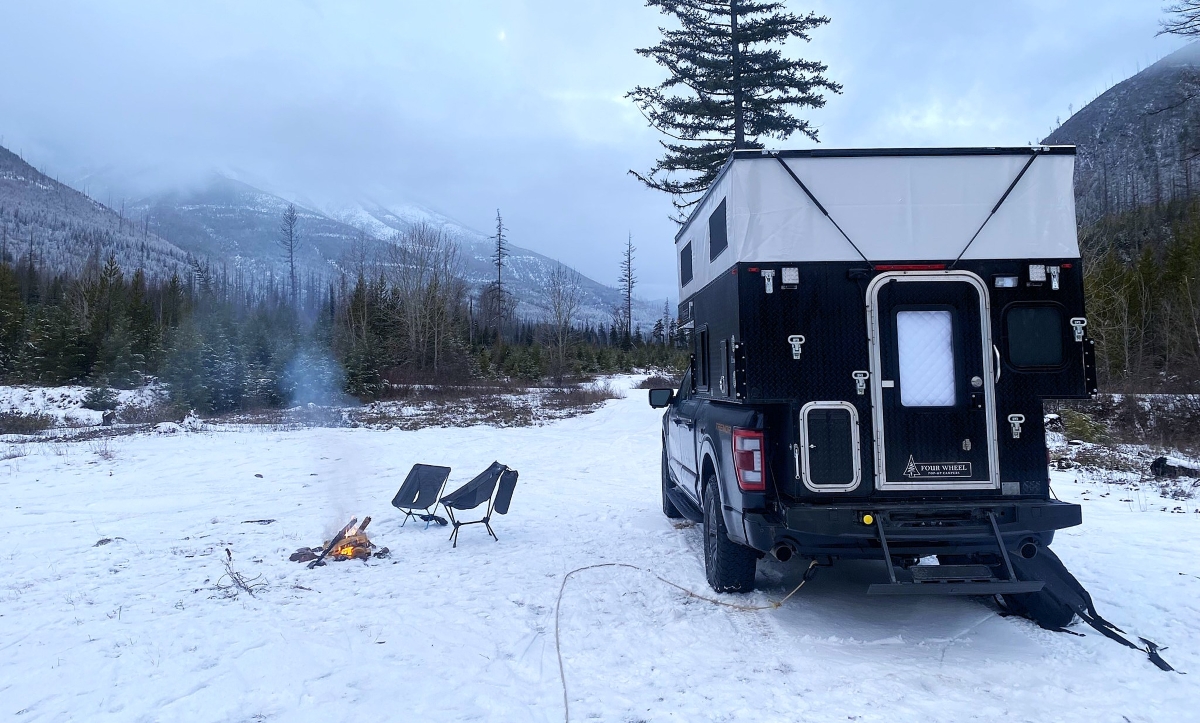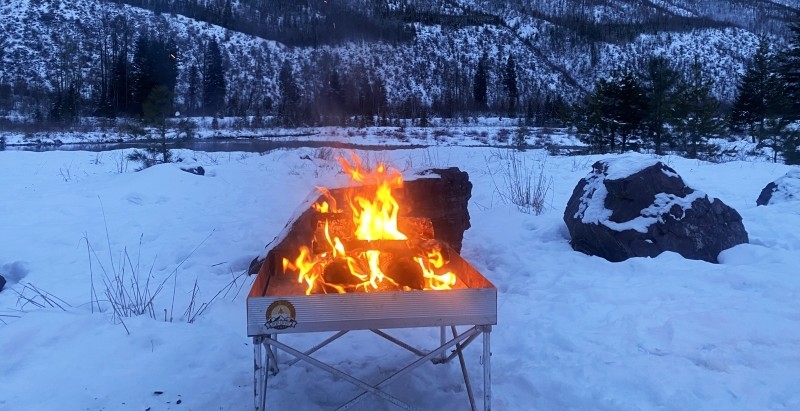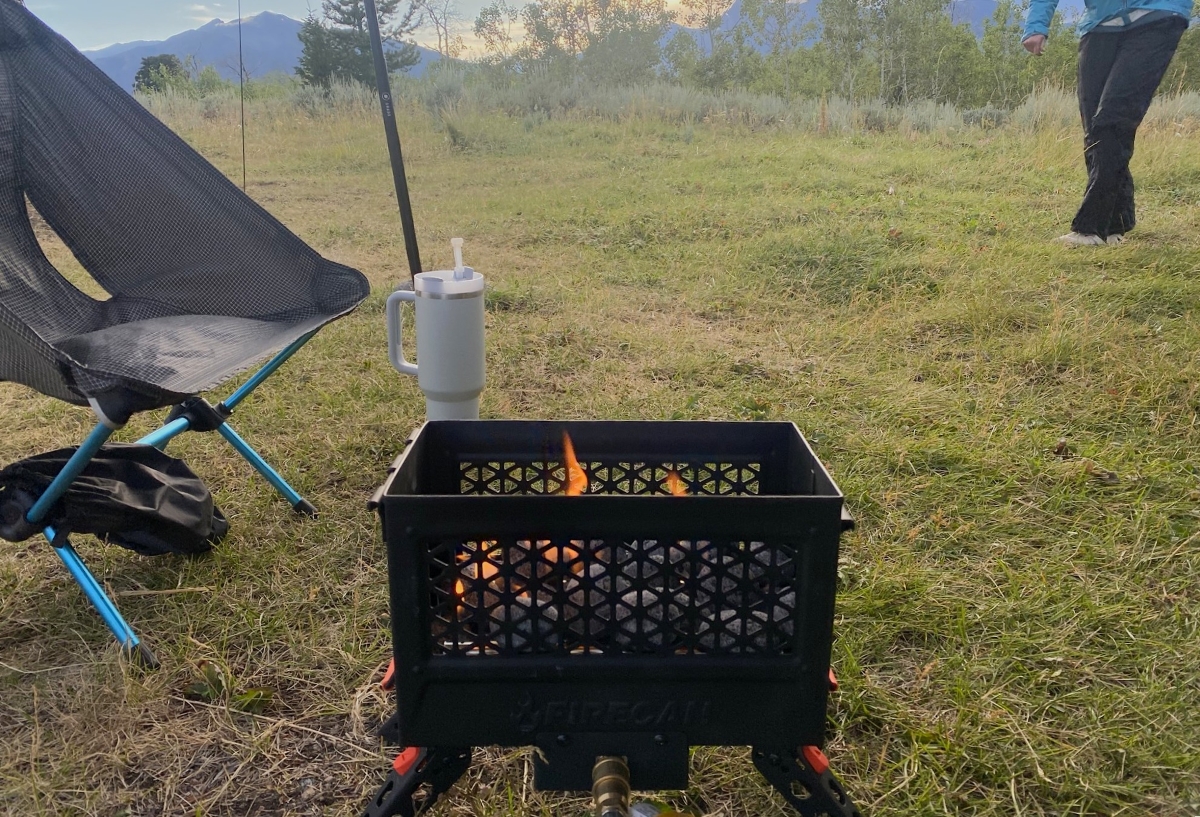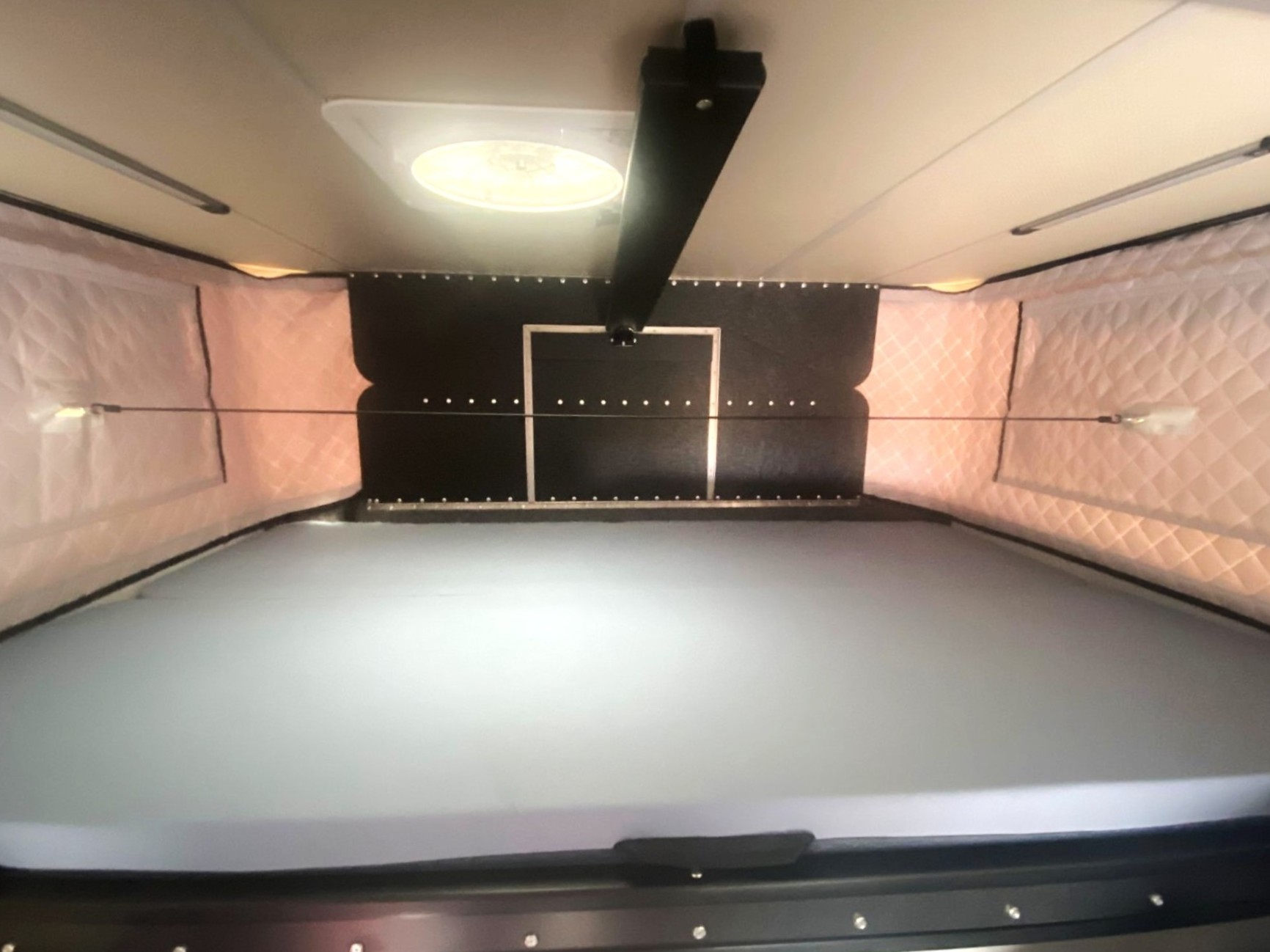
Conquering the Cold: A Guide to Winter Camping Adventures
Winter camping might seem intimidating to those used to the warmth of summer adventures, but it offers an entirely unique and rewarding experience. From beautiful winter landscapes to the satisfying challenge of thriving in colder conditions, winter camping is an adventure worth embracing. Here’s how you can extend your camping season and enjoy winter camping.
Why Winter Camping?
Winter camping gives you the opportunity for solitude that is harder to find in the busy summer months. In addition to peace and quiet, you also have the benefit of not having to deal with bugs. It is a truly unique experience compared to summer camping. It’s hard to beat the snow-covered wilderness, the crisp cold air, and the unique silence of a winter landscape.
The key to enjoying winter camping is being comfortable. If you are constantly cold, you won’t be having fun.
Gear Up for Comfort and Safety
Having the right gear is the key to enjoying winter camping. The right equipment will keep you warm, safe, and comfortable throughout your adventure. Here’s what you’ll need:
Shelter
Ground Tent Camping
- Four-Season Tent: Designed to withstand snow, wind, and cold temperatures.
- Ground Insulation: I prefer a tent with a floor, but you could also use a tarp if your tent is open on the bottom.
Rooftop Tent
- Four-Season Tent: Similar to a ground tent, you’ll want a rooftop tent that can handle a snow load. Some models also have an insulation layer to help keep you warm and cut down on condensation.
Truck Camper or Truck Topper
- Truck Camper: Slide-in truck campers with propane furnaces make it easy to stay warm. When it gets cold outside, you can head inside to warm up. My current setup is a Four Wheel Camper, which is a pop-up slide-in truck camper.
- Truck Toppers: Popular in the overlanding community, these provide an indoor space to escape the cold. They are lightweight compared to full slide-in campers but typically lack a heat source from the factory.
Sleeping System
Tent Camping
- Sleeping Bag or Quilt: Choose one rated to at least 0°F. Many sleeping bags overstate their warmth rating, so it’s often better to choose a bag rated colder than what you think you’ll need. For single-digit or subzero temperatures, a subzero-rated sleeping bag is your best option.
- Sleeping Pad: Use an insulated pad to prevent heat loss to the ground. Combining a foam pad with an inflatable one maximizes insulation and achieves a higher R-value.
- Extras: Wool or synthetic blankets and sleeping pad liners add warmth. A heated blanket can also be a game-changer if you have a power source like a power bank or solar generator. A 12-volt heated blanket is more efficient than an AC-powered one.
Truck Camper or Topper
- With Heat Source: A quilt or comforter may suffice. My camper setup includes a Hest down comforter, which is plenty warm. My wife and daughter prefer to add extra blankets for additional warmth.
- Without Heat Source: Use a setup similar to tent camping, with a sub-zero sleeping bag and insulated sleeping pad.
Clothing
Clothing plays an important role in staying warm while camping. Layering is key:
- Base Layer: Moisture-wicking to keep sweat away.
- Mid-Layer: Insulating materials like fleece or down.
- Outer Layer: Waterproof and windproof shell.
- Accessories: Thermal socks, insulated gloves, a hat, and a balaclava.
Cooking Gear
Cold weather can negatively impact your cooking gear. Butane stoves often struggle in freezing temperatures, while propane stoves perform better. If you’re having a campfire, you can always cook over the fire.
Safety Equipment
- Emergency blankets and hand warmers.
- GPS device and a reliable map.
- Avalanche safety gear if camping in snowy mountains.
Staying Warm and Comfortable
The secret to enjoying winter camping is staying warm and dry. Here are some tips to keep you comfortable:
- Fuel Your Body: Eat calorie-dense meals and snacks to keep your body energized and warm.
- Preheat Your Sleeping Bag: Use a hot water bottle or chemical warmers to heat your sleeping bag before getting in.
- Layer Strategically: Adjust layers to avoid sweating, which can lead to rapid cooling.
- Create a Windbreak: Use natural features like trees or build a snow wall to block the wind.
- Stay Dry: Change into dry clothes before bed and use waterproof gear during the day.
Choosing the Perfect Winter Destination
One downside of winter camping is reduced access to some camping spots. Snowy forest service roads and higher elevations may not be accessible. If hiking to your campsite, many trailheads might be inaccessible by vehicle as well. You may have to add additional miles to your route just getting to the trailhead.
Look for:
- Maintained Trails and Roads: National and state parks often keep trails accessible in winter. Well traveled forest service roads tend to pack the snow down and make them easier to travel.
- Go in Groups: If traveling by vehicle, multiple vehicles provide added security in case of getting stuck. Make sure your group has the proper recovery gear. When adventuring solo it is better to play it safe. You don’t want to get stuck with no one to help you recover the vehicle.
Safety First
Safety is crucial when camping in cold weather. Keep these precautions in mind:
- Check the Weather: Know what to expect and avoid camping during extreme conditions.
- Know the Signs of Hypothermia and Frostbite: Learn how to recognize and treat these conditions.
- Share Your Plans: Let someone know your itinerary and expected return time.
- Bring Emergency Supplies: Always have a first-aid kit, extra food, and a reliable communication device. Carry tools to clear fallen trees, especially on forest service roads. Snow or strong winds can bring down trees, potentially blocking your way back to the main road.
Conclusion
Winter camping is a great way to extend your camping season and enjoy the outdoors year-round. You’ll find peace and quiet without the crowds of summer camping. With the proper gear, you can stay warm and experience the outdoors in a new way. You might just find yourself enjoying winter camping more than summer.
Pack your gear, embrace the chill, and discover the magic of winter camping. The snowy trails and frosty mornings are waiting for you!
Matt Vittal
Matt is a software engineer living in Northwest Montana. He is an avid outdoorsman who spends his free time hiking, backpacking, camping, hunting, and fishing.



